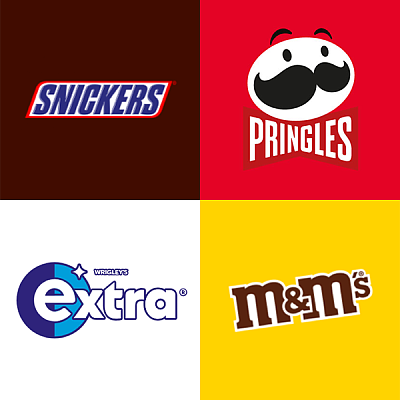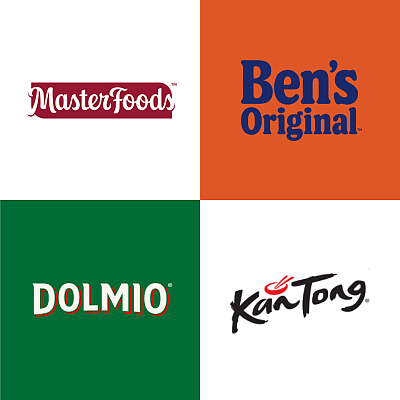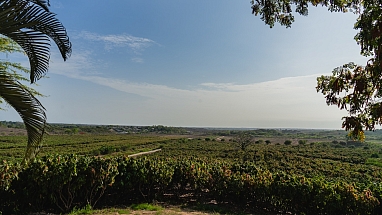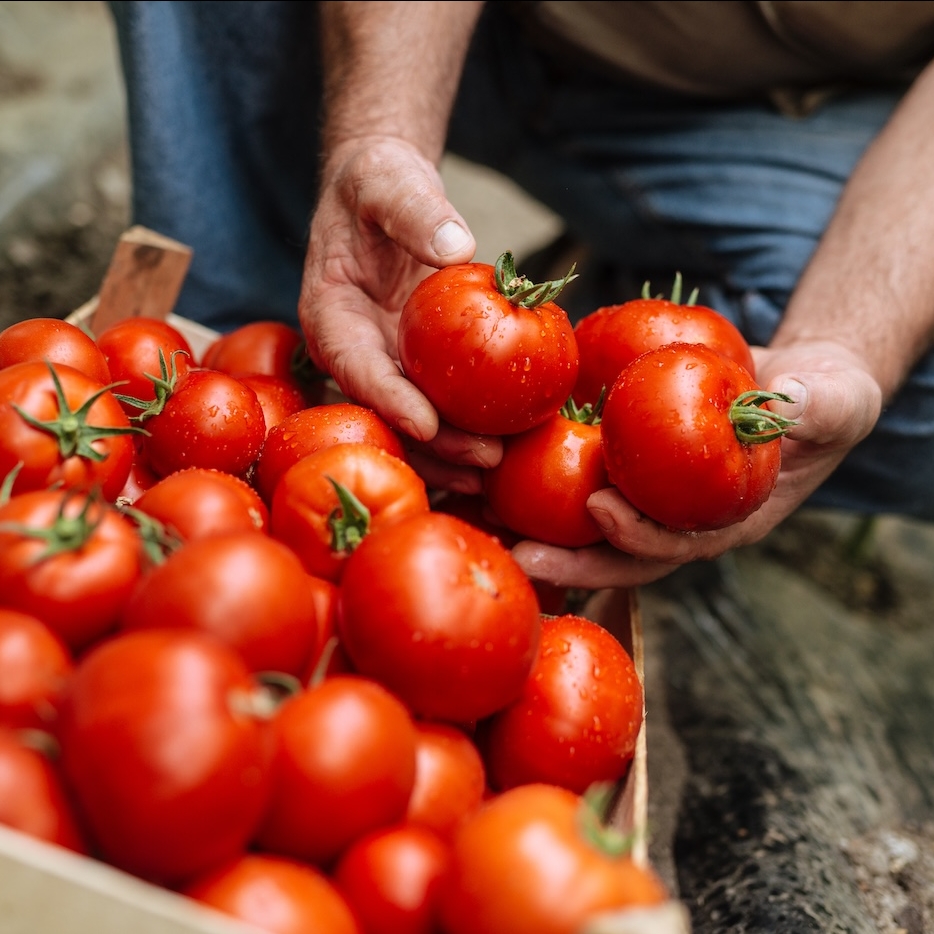Packaging waste is a global challenge requiring new solutions, and our vision for a world where the planet is healthy becomes dimmer. We’re taking action to support the circular economy through investments and innovation, working toward a world where packaging material never becomes waste, but is reused, recycled or composted.
To achieve this goal, we’re investing hundreds of millions of dollars to transform our product portfolio to ensure we’re using 100% recyclable, reusable or compostable packaging.
This includes redesigning more than 12,000 packaging components across our diverse portfolio to fit with the recycling infrastructure that either exists today or is likely to exist soon in the markets where we operate. Today, almost half of our packaging portfolio is undergoing redesign(Opens a new window).
We’re holding ourselves accountable to achieving our circularity goals. Our top 300 executives now have remuneration linked to delivering against our packaging targets, highlighting the central role these commitments play within our business.
Regenerative Agriculture
Investing in regenerative agriculture — a system of farming practices that reduces the climate impact of farming by rebuilding and restoring soil organic matter — is an important part of our ambition to reach net zero by 2050 and do our part to protect soil health, productivity and biodiversity. We’re working directly with farmers and suppliers to promote improved agricultural practices, sustainable land use and to support science and technology, such as genomics research, which pinpoints how to produce more resilient and higher yielding crops. We’ll also take further action to improve soil health to unlock crop yield potential and provide other environmental and climate change benefits.
We’re also proud to partner with the world’s leading food and farming businesses in the Sustainable Markets Initiative Agribusiness Task Force(Opens a new window), chaired by our former CEO Grant Reid. The aim: to scale regenerative farming globally to tackle the impacts of climate change and biodiversity loss.















